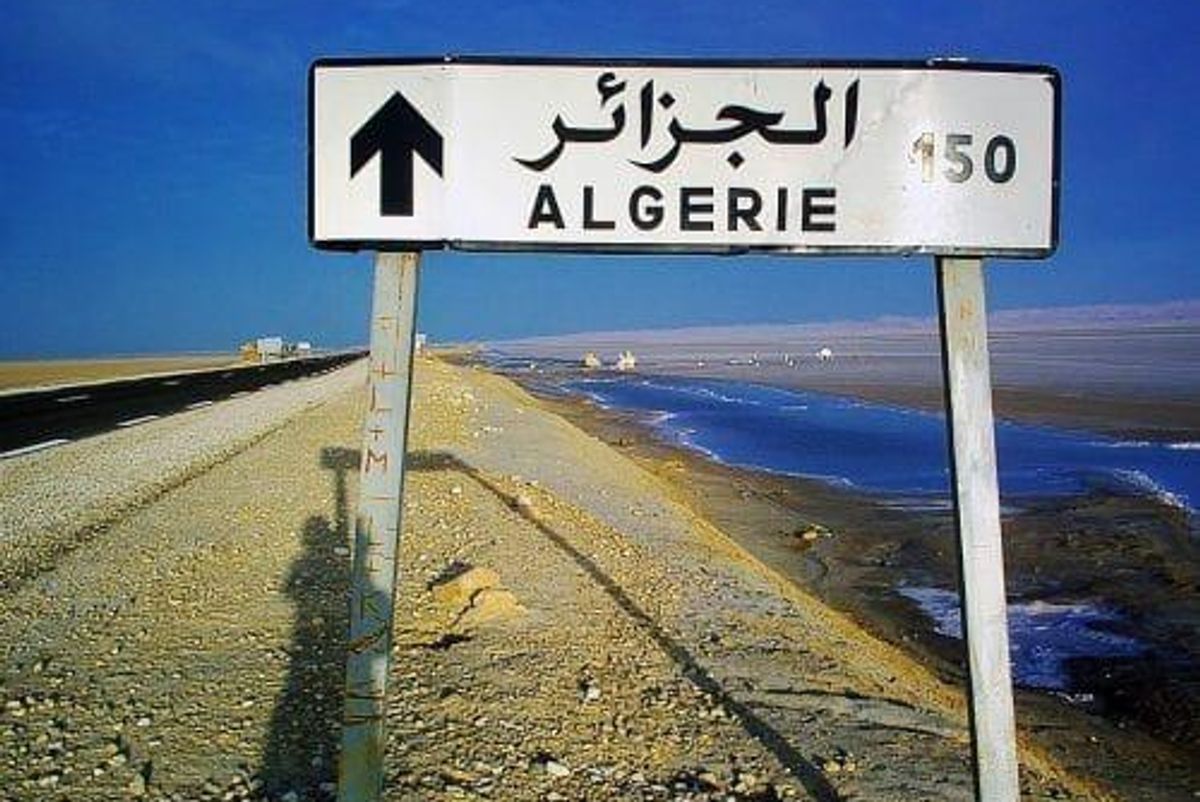Algerian Zinc-Lead Project Gets Shiny New Feasibility Study
Terramin has released a new, updated feasibility study for its Tala Hamza project. The company says the proposed mining methods reduce environmental concerns.

Terramin Australia (ASX:TZN) has released an updated definitive feasibility study for its Tala Hamza zinc-lead project, which it owns in partnership with Algerian state-owned enterprises.
According to the release, the new study is an update on a previous 2010 study meant to “eliminate, or reduce to an acceptable level,” environmental and social concerns with the block cave mining method.
“The changes include optimization of previous studies, updating the ore reserve, revised plant layout, removal of the tailings storage facility and replacement with dry stacking, and updated economic analysis,” said the release.
The surface footprint of the project is also significantly reduced without reducing flexibility for expansion.
Elaborating on changes to minings and tailings disposal methods, Terramin said that it has looked into the underhand drift and fill (UDF) method over block cave. It describes UDF as “a small scale, selective mining method which has a higher associated mining operating cost compared to the original block cave mining method.”
While the different method saw a reduction in mineable ore tonnes over the life of the mine, it did not make the project unfeasible.
The new study “confirm[ed] the viability of an underground operation,” according to Terramin.
The project would require pre-production capital of AU$449 million, with operating costs expected to be ‘competitive.’
Under the new study, Tala Hamza, located near the city of Béjaia on the Mediterranean Sea, would have a 1.4 million tonne capacity processing plant to produce 129,300 tonnes of zinc concentrate at 54 percent grade zinc, and 26,000 tonnes of lead concentrate grading 63 percent lead per year.
The mine would have a 21-year life operating at those numbers, after a 2-year development phase to bring the project online.
Product from the mine would come at an average C1-cash cost of US$0.53 per pound and an all-in sustaining cost of US$0.61 per pound.
According to Terramin, Tala Hamza has a mineral resource of 53 million tonnes at 3 percent cut-off zinc equivalent, and an indicated resource of 44.2 million tonnes.
The promising numbers mean Terramin is going forward with optimization studies for the remainder of the year. “This should allow the base case project to proceed in conjunction with studies into expansion cases,” said the report.
CEO of Terramin, Richard Taylor, said that the company was excited to be able to show off a revised DFS that didn’t scuttle the project.
“The result is the outcome of steady and patient negotiation with our joint-venture partners,” said Taylor.
“It was important to engage and work consistently with our counterparts to ensure a robust long-life project that will be a flagship project in Algeria.
“Getting the base case project at Tala Hamza permitted opens up optionality for expansion and exploration both within the existing exploration area and further afield in a highly prospective emerging mining country which is looking to diversify from oil and gas.”
The project’s location so close to the Mediterranean Sea also means that it is well placed to connect to skilled workforces, transport links and vital infrastructure, and any production from Tala Hamza is well placed for shipping to European smelters.
Terramin owns a 65-percent stake in the company that operates Tala Hamza, Western Mediterranean Zinc, with the balance owned by two state-owned companies.
On the Australian Securities Exchange, Terramin was trading at AU$0.1 as of market close on Wednesday (August 29) AEST, up 1.01 percent.
Don’t forget to follow us @INN_Resource for real-time updates!
Securities Disclosure: I, Scott Tibballs, hold no direct investment interest in any company mentioned in this article.